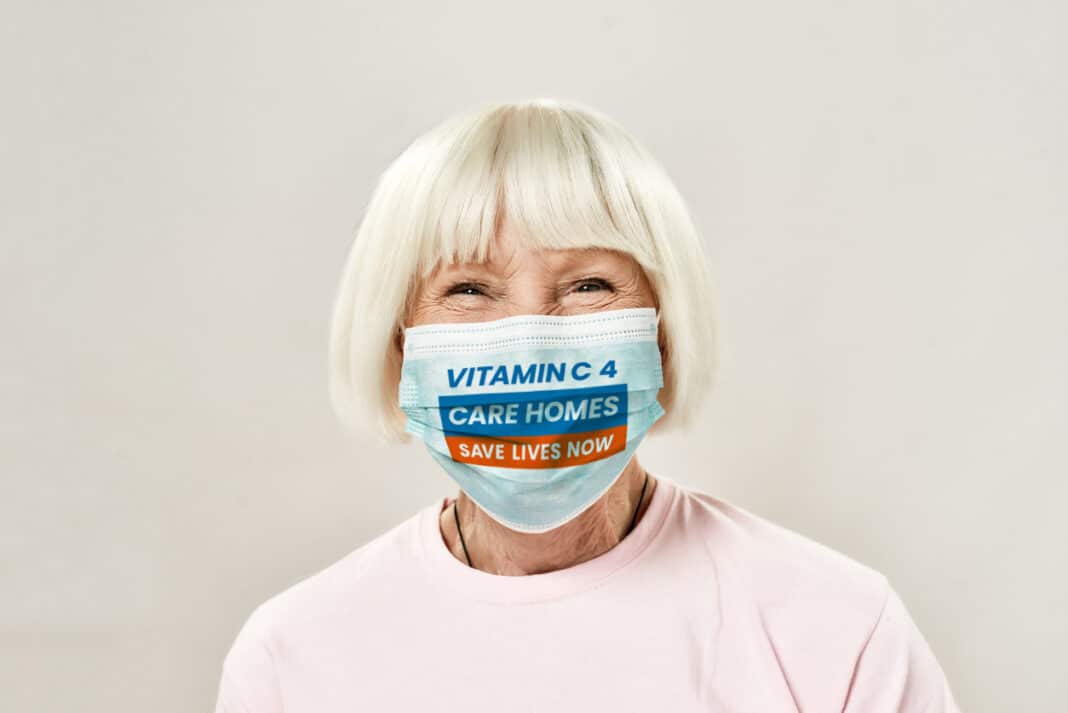A new study, VitaC4Care, is to investigate the links between vitamin C levels in care homes and viral infections such as COVID-19.
Beginning in Scotland in early autumn 2021, the VitaC4Care study will test how much vitamin C is needed to ‘achieve normal levels’ in care home residents – one of the groups more vulnerable to COVID-19.
According to British physician David Oliver – whose paper Let’s be open and honest about COVID-19 deaths in care homes was published in the British Medical Journal in 2020 – 47% of UK COVID-19 deaths during the first wave occurred in care homes. From the latest National Diet and Nutrition Survey data, almost half a million people over 65 are estimated to have ‘overt vitamin C deficiency’ – but the figure excludes care home residents.
“We have no idea how much vitamin C our vulnerable elderly actually need to be fully protected,” says vitamin C researcher and associate professor Anitra Carr, from the University of Otago, New Zealand. “This trial will help to establish optimal intakes of vitamin C for this important and often forgotten group within our society.”
For the VitaC4Care study, Carr has teamed up with nutritionist Patrick Holford; professor Phyo Myint, clinical chair in medicine of old age, University of Aberdeen; Dr Alan Sneddon from the Rowett Institute, University of Aberdeen; and Dr Stavroula Kastora, NHS Grampian.
During an interview with Rob Verkerk for the Alliance for Natural Health International on 22 April, Holford commented: “It’s a remarkably simple and clever little study. We’re going to find out how much vitamin C is actually needed in older people in care homes. We’ve got vitamin C ‘pee sticks’ and we’re going to give people every day, gradually, an increasing amount of vitamin C and measure the vitamin C in their urine. Every day we’re going to crank up the dose a bit. For each individual we will find out at what dose they start to spill vitamin C into the urine – in other words achieve their level. It doesn’t matter whether they’ve been vaccinated or not vaccinated [against COVID-19] – we’re simply asking the question ‘How much vitamin C does an older person in a care home need to have a normal tissue saturation?’ … because if you don’t have that and a virus comes along which rapidly uses up vitamin C, you don’t have a chance at all.
This trial will help to establish optimal intakes of vitamin C for this important and often forgotten group within our society
“We cannot assume that a 20-year-old needs the same amount of vitamin C as a 90-year-old in a care home with comorbidities. What should be happening in these COVID times without question … is every single person who arrives in hospital with COVID should just dipstick their urine. It’s so cheap, it’s so easy. These older people, we know, need more vitamin C – the question is how much more vitamin C do they need. As we eat away at the edges of the intensive care research on vitamin C … eventually somewhere we hope the penny will drop.
“The care home study is really important because it establishes something worldwide that needs to be known. If it turns out that an older person needs 400-500mg, you need to eat 12 oranges to get there, so in other words you’re going to have to supplement. And the minute that penny drops, that older people actually need to supplement vitamin C daily just to have a normal level, then the idea of taking vitamin C supplements becomes as easy as one would take a painkiller if you’ve got a headache.”
A crowdfunding campaign has been established to help fund the VitaC4Care research via vitaminc4covid.com.











